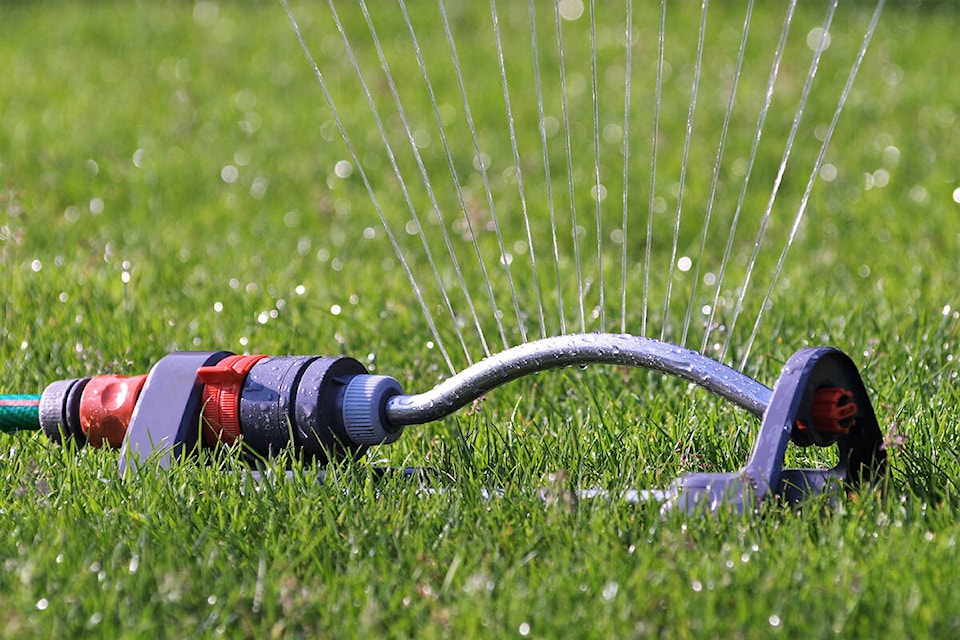An updated water use and regulation bylaw with accompanying enforcement penalties is in the early stages, as city council passed three readings during a meeting on Monday night.
Key points in the draft bylaw include a general prohibition against wasting water, as well as setting out a process for implementing escalating stages of water use restrictions based on water levels at the city’s Phillips Reservoir.
”I’m glad to see this coming forward,” said Councillor John Hudak, during discussion at the council table. “We have had some rather extreme temperatures in the last few years with no indication that things are going to change. Watching the water, whether it’s from the Gold Creek Reservoir or the Phillips Reservoir, we have seen it get rather low and I think this is a very good move.
“It’s not taking us into the area of water meters and houses, but it shows something that we’re being conscious of what’s happening with our water.”
The new bylaw was informed by the development of a state of climate adaptation study published two years ago that identified trends and impacts related to local climate and the surrounding environment as a guiding document for local planners and decision-makers.
Cranbrook’s municipal water supply is drawn from water diverted from Joseph Creek and Gold Creek into Phillips Reservoir south of the city, while also being supplemented by three deep groundwater wells rehabilitated and upgraded five years ago, according to the climate adaptation study.
The same report notes that Cranbrook’s water utility has 8,653 connections as of 2019 — 8,059 unmetered residential connections, 160 metered industrial, commercial institutional (ICI) connections for high volume users, and 434 unmetered ICI connections for low volume users.
For obvious reasons, peak day consumption typically occurs in July and August. In data sets between 2010 and 2018, the total municipal water use per capita ranged from 609 to 652 litres per day, whereas the provincial average is 494 litres per day, according to the climate adaptation study.
The draft bylaw keeps the current system of permitting outdoor water usage on Monday, Thursday and Saturday for even numbered properties, while odd-numbered properties can use water on Tuesday, Friday and Sunday.
The draft bylaw also outlines four escalating stages of water restrictions, which begins with Stage Two that is triggered when the Phillips Reservoir is dropping and reaches 80 per cent capacity. Stage Four, the most severe category of water use restrictions, kicks in when the Phillips Reservoir reaches 70 per cent capacity.
In addition to the updated draft bylaw on water use regulations,city council also gave three readings to a draft of potential penalties for anyone contravening the new rules. A first ticketed offence for violating any of the four stages will net a $125 fine that will drop down to $100 if paid early.
All draft bylaws passed first, second and third reading, however, adoption will come before city council at a future meeting.
